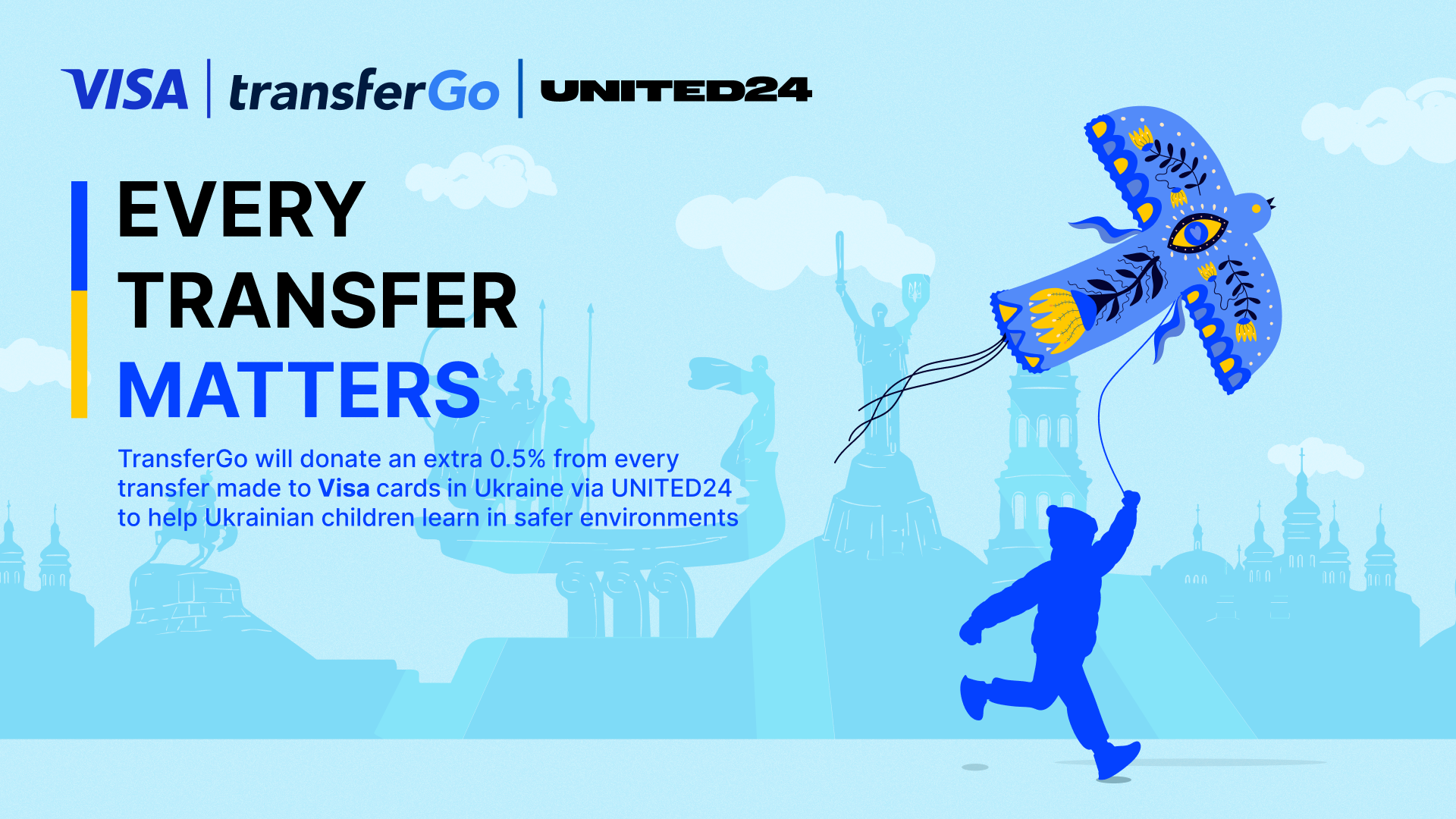Recent articles
-

Transfers that matter: UNITED24, TransferGo and Visa team up to help Ukrainian children learn in safer environments
6 min read -

Nuvei & TransferGo: Driving growth and transparency in cross-border payments
3 min read -

TransferGo financial competence centre to be established in Lithuania, bolstered by new CFO and Head of Treasury
3 min read -

How to find an accountant for your small business in the UK
9 min read -

Understanding Copart fees: A complete breakdown for smart bidding
9 min read -

How to get a tax ID number and register for VAT in the UK
8 min read -

Best invoicing software for businesses sending international invoices
7 min read -

How to accept cross-border payments as a freelancer or SME
6 min read
Popular articles
Invite friends to TransferGo, earn £20

















